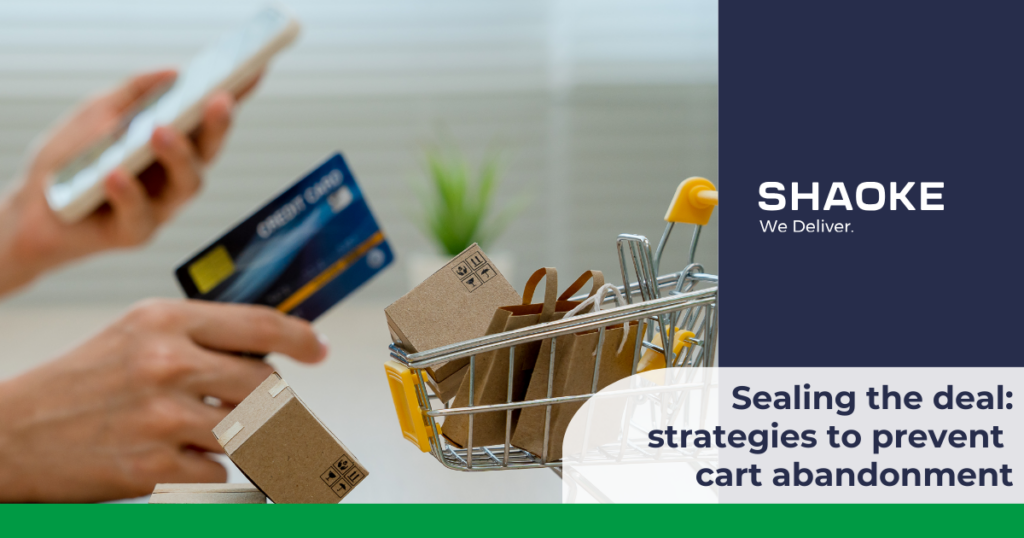
Cart abandonment is a persistent issue for online retailers, with many customers adding items to their cart but not following through with the purchase. This phenomenon can significantly impact a retailer’s revenue and growth. However, there are practical strategies that can help reduce the likelihood of cart abandonment. By understanding the common reasons behind it, retailers can create a more seamless shopping experience that encourages customers to complete their purchases.
One of the most effective ways to prevent cart abandonment is to simplify the checkout process. A lengthy or complicated checkout can be a major deterrent for customers. They might get frustrated with the number of steps involved or be put off by being forced to create an account. To counter this, retailers should streamline the process by minimizing the number of required fields and allowing guest checkout. Additionally, offering multiple payment options can cater to different customer preferences, making the process even more user-friendly. The goal is to make checkout quick, easy, and hassle-free, so customers can complete their purchase without second thoughts.

Another crucial factor in reducing cart abandonment is transparency about costs. Unexpected fees, such as high shipping charges or taxes that only appear at the last step of checkout, can lead customers to abandon their carts in frustration. To avoid this, retailers should be upfront about all costs from the beginning. Displaying shipping fees, taxes, and any additional charges on the product page or early in the checkout process helps set clear expectations. Furthermore, offering incentives like free shipping or a cost estimator tool can make the purchasing decision easier for customers, reducing the chances of them leaving their cart behind.
Finally, engaging with customers who have abandoned their carts can help recover lost sales. Sending follow-up emails reminding them of the items they left behind is a simple yet effective strategy. These emails can be more persuasive by including incentives, such as a discount code or a limited-time offer, to entice customers back to the site. Personalized messages that highlight the specific products left in the cart can also create a sense of urgency. By maintaining communication and offering value, retailers can successfully convert abandoned carts into completed purchases, thereby improving their overall sales performance.

